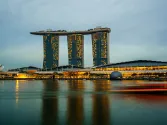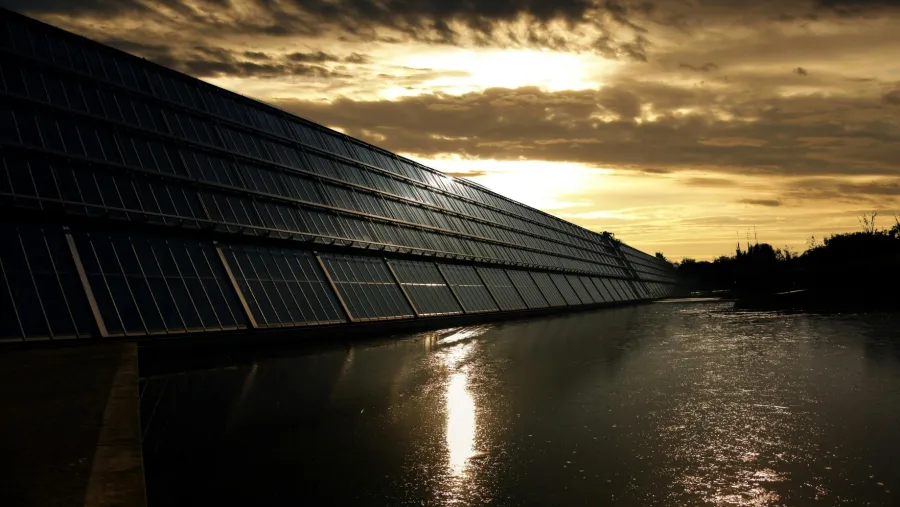
Over 85% of APAC’s energy generation comes from non-renewables
Reforms are needed to address the possible energy transition gap.
Majority of Asia Pacific’s energy generation still comes from non-renewable sources, according to the Asia Clean Energy Coalition (ACEC).
In its latest report, ACEC said that the region “remains heavily reliant on fossil fuels, with over 85% of its energy still sourced from non-renewable sources.”
Whilst China leads renewable energy deployment, other key economies such as Japan, South Korea, Indonesia, and Vietnam continue to face regulatory and infrastructure challenges that hinder their transition.
APAC is projected to fall short of its clean power targets by 30% by 2030 without policy adjustments boosting the deployment of renewable energy.
ACEC’s report noted that the lack of accessible and scalable procurement mechanisms remains a key barrier. Support is still required to back the implementation of power purchase agreements, utility green tariffs, and energy attribute certificate frameworks.
In countries such as Vietnam and Indonesia, transparency must be improved to attract more private developers. In Japan and South Korea, grid congestion and outdated infrastructure must be addressed to support higher renewables penetration.
Meanwhile, Singapore’s dependence on imported electricity highlights the need for a robust cross-border renewable energy trade framework to meet its sustainability targets.
“Projections indicate that increased RE adoption could add billions to the gross domestic product (GDP) of countries,” ACEC said.
Suji Kang, program director of ACEC also said that “improving renewable energy policies across Vietnam, South Korea, Japan, Indonesia, and Singapore could unlock $26.86b in regional GDP, generate 435,000 new jobs, and increase total wages by $14.63b.”




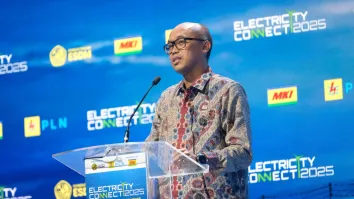
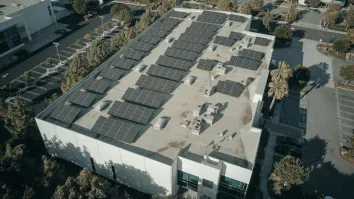
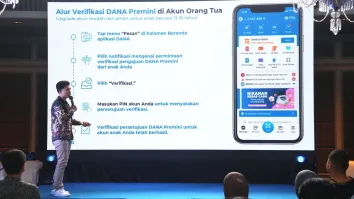










 Advertise
Advertise


